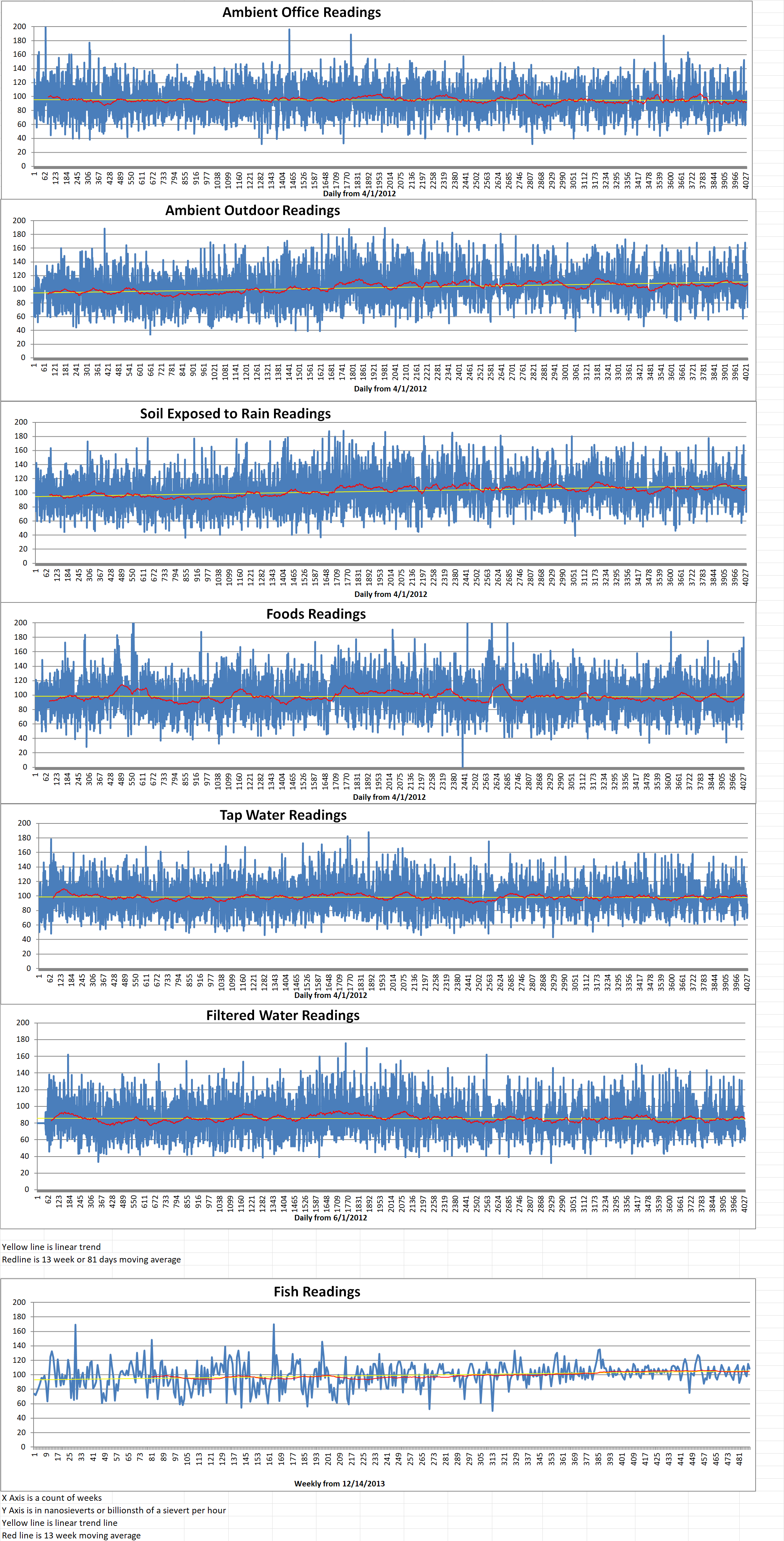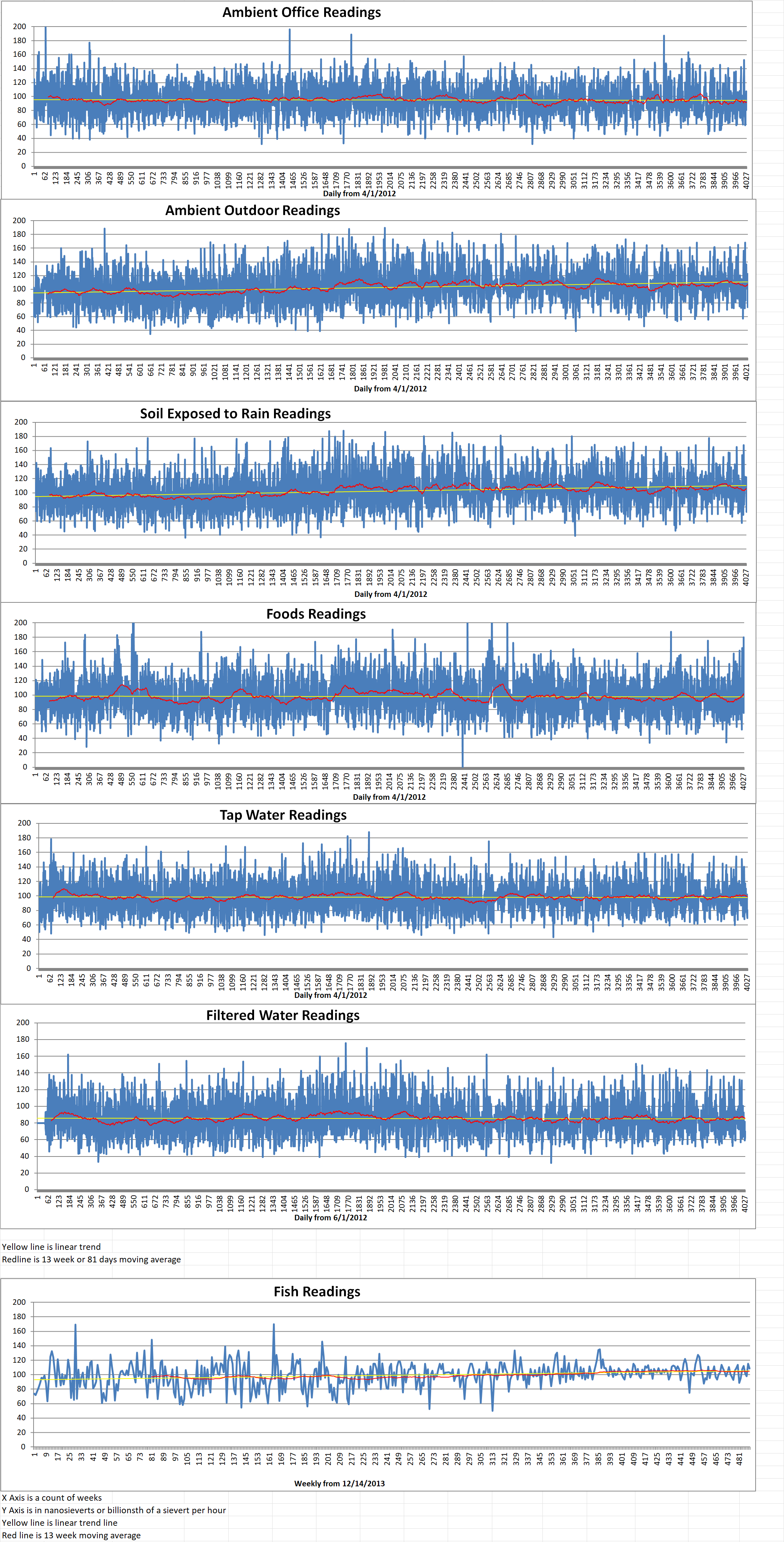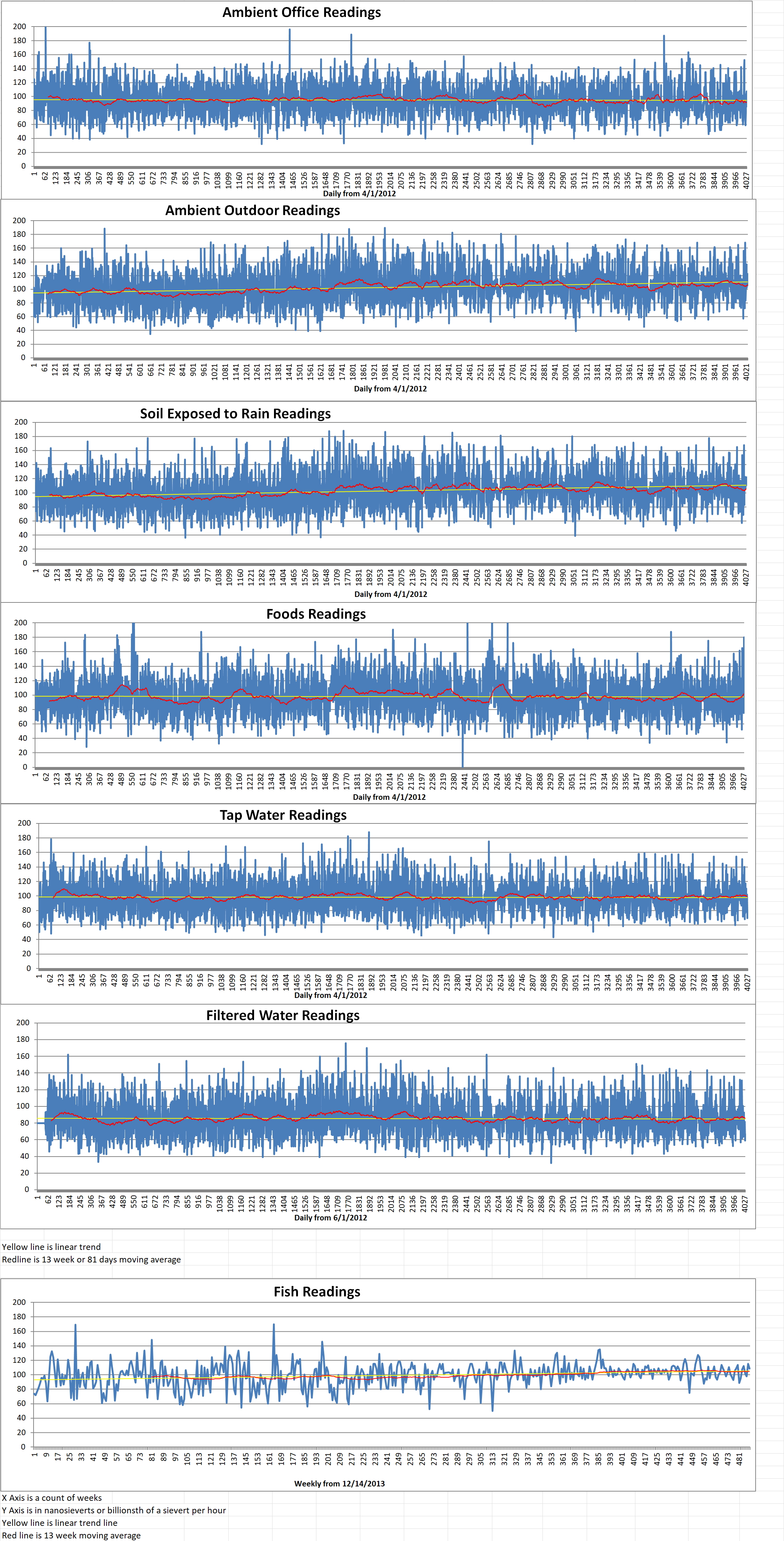Bruce Power just announced that it is launching an Expression of Interest (EOI) process to “further understand nuclear technologies that could help meet growing demand for clean electricity and advance decarbonization efforts in Ontario”. Last July, the Canadian provincial government said that it was beginning pre-development work to build up to four thousand eight hundred megawatts of new nuclear capacity at Bruce Power’s existing site.
The company said that the EOI process will provide an opportunity for nuclear technology suppliers to engage and express their interest in participation in the potential Bruce site expansion. This will also enable Bruce Power and industry partners to evaluate a variety of nuclear energy technologies, “which would leverage Canada’s robust nuclear supply chain, ensure the best interests of the ratepayer, include Indigenous community considerations, and increase socioeconomic benefits for the Clean Energy Frontier region of Bruce, Grey and Huron counties”.
Mike Rencheck is the Bruce Power President and CEO. He said, “Ontario has one of the cleanest electricity grids in the world and as we look to meet increased demand from continued electrification and economic growth in the province, nuclear power will be essential to preserving this advantage. Bruce Power is uniquely positioned for potential expansion, with decades of experience, a well-studied site, significant space for expansion, strong community support and an experienced workforce.”
Rencheck went on to say that “Canada’s nuclear industry supports 76,000 well-paying, highly skilled jobs, generating billions in GDP annually while providing a vital supply of carbon-free electricity to advance our climate targets. As we assess potential expansion options, we will lean on the knowledge and skills of our industry, built through more than a half century of operational experience.”
The Ontario government outlined its support for the project in its Powering Ontario’s Growth Plan which was launched in early July. Bruce Power is in the pre-planning states of the federally-regulated Impact Assessment (IA) process. During this phase, Bruce Power will look at nuclear expansion options on the site. The company mentioned that the IA process includes Indigenous and public engagement. It will formally begin with the submission of an Initial Project Description to the Impact Assessment Agency of Canada in the coming months.
Bruce Power is located in the traditional and treaty territory of the Saugeen Ojibway Nation as well as the harvesting territories of the Métis Nation of Ontario and the Historic Saugeen Métis. It said that it is collaborating with Indigenous-owned Makwa Development on the IA. It will look for further procurement opportunities for Indigenous companies through its Indigenous Procurement Policy and Indigenous Relations Supplier Network.
Bruce Power is also working with Ontario Power Generation (OPG) and the Independent Electricity System Operator (IESO) to develop a feasibility study for potential future nuclear generation in Ontario, which may leverage information from the EOI.
Bruce Power said, “As Bruce Power evaluates clean technology opportunities, it will engage with independent, non-profit energy R&D institute EPRI and the Nuclear Innovation Institute, an independent, not-for-profit organization that provides a platform for accelerating the pace of innovation in the nuclear industry.”
The Ontario government has already implemented a plan to meet rising electricity demand in the current decade. However, in 2022 IESO issued a report forecasting that the province could need to more than double its electricity generating capacity from today’s forty two thousand megawatts to eighty eight thousand megawatts by 2050.
Bruce Power’s eight existing Candu reactors already produce about thirty percent of Ontario’s electricity. The company has said that the site has space for “incremental infrastructure development”.






